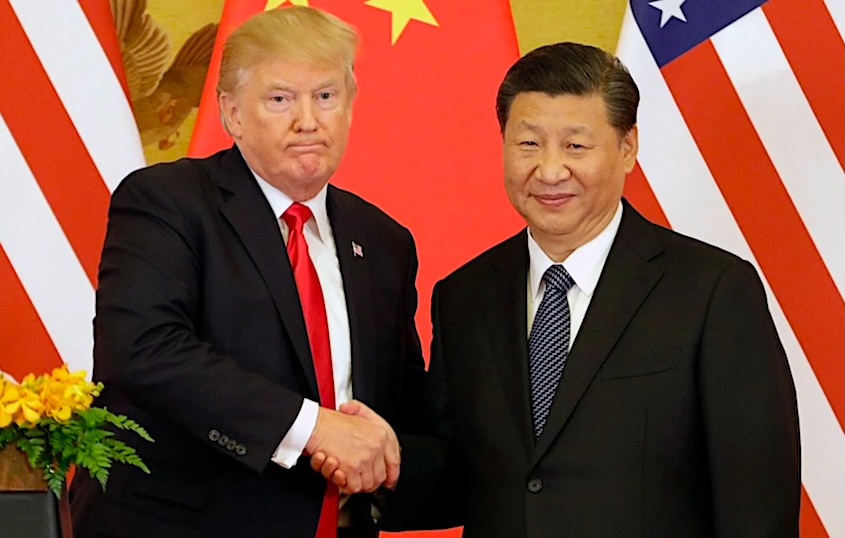Is Gold Still a Safe Haven in August 2025? The Tariff Uncertainty Effect

Gold has long been considered a reliable store of value, but recent political and economic turbulence in the US has put its stability to the test. Over the past week, gold prices swung dramatically after conflicting signals from US Customs and Border Protection (CBP) and President Donald Trump regarding potential tariffs on gold imports. The market initially panicked when CBP ruled that 1-kilogram and 100-ounce gold bars from Switzerland would be subject to a 39% tariff, a move that sent gold futures soaring to a record high above $3,500 per ounce. However, Trump quickly intervened, declaring on Truth Social that "Gold will not be Tariffed!", a statement that stabilized prices but left investors wary of future policy shifts.
Gold’s rollercoaster ride: Prices, forecasts, and investor reactions
Gold’s price volatility in August 2025 underscores its sensitivity to geopolitical and trade policy risks. After Trump’s tariff exemption announcement, spot gold fell 1.2% to $3,357/oz, while futures dropped 2.4% to $3,407. Despite this dip, gold remains up nearly 30% year-to-date, fueled by recession fears, trade tensions, and central bank demand.
Analysts are divided on gold’s near-term trajectory:
- J.P. Morgan maintains a bullish outlook, forecasting an average of $3,675/oz by Q4 2025 and a potential climb to $4,000 by mid-2026, citing structural demand from central banks and investors
- Citi raised its 3-month target to $3,500/oz, citing deteriorating US growth and inflation concerns
- The World Gold Council suggests gold could trade sideways (0–5% gains) in H2 2025 unless stagflation or geopolitical crises drive further safe-haven demand
Investor sentiment: Who’s buying gold now?
The recent tariff scare reinforced gold’s dual role as both a hedge against policy uncertainty and a non-yielding alternative to Treasuries. Key buyers include:
- Central banks: Expected to purchase 900+ tonnes in 2025, diversifying away from the US dollar
- ETFs: Inflows surged by 397 tonnes in H1 2025, the highest since 2022
- Retail investors: Demand for physical bars and coins remains strong, particularly in Asia and among US consumers hedging against inflation
However, mining stocks, often a leveraged play on gold, have outperformed bullion, with the NYSE Arca Gold Miners Index up 51% YTD. This suggests Wall Street may still be underestimating gold’s long-term potential.
Gold vs. the US economy: A divergence
While gold prices have surged amid global uncertainty, the broader US economy presents a more complex picture. The stock market has remained resilient, with the S&P 500 gaining nearly 8% year-to-date, buoyed by strong corporate earnings and optimism around delayed tariff hikes on Chinese goods.
However, underlying risks persist, particularly in trade policy, where President Trump’s mixed signals on tariffs have kept investors on edge. His recent decision to postpone higher China tariffs provided temporary relief, but lingering trade tensions continue to weigh on market sentiment.

Meanwhile, the Federal Reserve’s next moves remain a wildcard. With inflation still above target but economic growth slowing, expectations of rate cuts later this year could weaken the dollar—a scenario that historically benefits gold.
Should you invest in gold now?
Financial experts remain cautiously bullish on gold, though opinions vary on timing and strategy. J.P. Morgan’s Natasha Kaneva argues that gold remains one of the best hedges against stagflation and geopolitical instability, particularly given ongoing trade tensions and unpredictable Fed policy. Meanwhile, asset managers like Sprott highlight undervalued opportunities in gold mining stocks, which have outperformed bullion this year.
For retail investors, advisors generally recommend holding gold as a long-term portfolio diversifier rather than chasing short-term price swings. While some warn of a potential pullback after gold’s recent rally, most analysts agree that prices are unlikely to fall below $3,000 per ounce, given strong structural demand.
The consensus? Gold’s fundamentals remain solid, but investors should approach it as part of a balanced strategy—buying on dips rather than betting on immediate surges. In an era of economic and political unpredictability, gold’s status as a safe haven still holds weight.